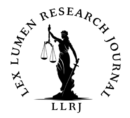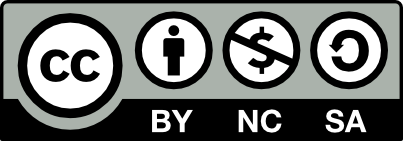Illustrated by Koushik A,
Summer Intern – Lex Lumen Research Journal (2025)
CASE BRIEF:
Introduction
In a significant victory for fairness and freedom, the Supreme Court of India made history with its landmark ruling in Anuradha Bhasin v. Union of India (2020), addressing the delicate balance between national security and fundamental rights, particularly in the context of internet shutdowns and movement restrictions in Jammu and Kashmir. The case emerged after the government revoked Article 370 on August 5, 2019, stripping the region of its special status.
Background
To maintain public order, the government imposed severe measures including a complete internet blackout, suspension of mobile and landline services, and restrictions under Section 144 of the Criminal Procedure Code (CrPC). These actions disrupted daily life, especially for media professionals like Anuradha Bhasin, the Executive Editor of Kashmir Times, who couldn’t publish her newspaper, and Ghulam Nabi Azad, a Member of Parliament, who couldn’t communicate with his constituents. The restrictions began on August 4, 2019, with schools and offices closing indefinitely and public gatherings banned.
The Issue
The petitioners argued that these measures violated their constitutional rights to free speech and trade under Article 19. The Court, presided over by Justices N.V. Ramana, R. Subhash Reddy, and B.R. Gavai, tackled key issues: whether the government could withhold its orders, if the internet is part of the rights to speak and work, whether the shutdowns were justified, if Section 144 orders were lawful, and if the restrictions infringed on fundamental rights.
Arguments
Anuradha Bhasin contended that the internet ban halted her newspaper and voice without solid evidence of danger, while Azad highlighted the blanket restrictions’ impact on his constituents, with intervenors noting the 100+ day duration created fear and lacked fairness. The government defended the measures as necessary to prevent violence and misinformation due to terrorism risks, claiming they were temporary and partially lifted in some areas.
Judgment
On January 10, 2020, the Court ruled that orders must be public and subject to review, recognizing the internet as vital for free speech and trade under Article 19, subject to reasonable restrictions. It applied a proportionality test, inspired by K.S. Puttaswamy v. Union of India (2017), requiring shutdowns to be justified, reviewed every 7 days, and lifted if unnecessary, while Section 144 orders needed clear reasons and time limits.
Directions and Significance
The Court directed the government to publish all orders, review restrictions regularly, allow access to essentials like banking, and use Section 144 only in emergencies. This case linked internet access to fundamental rights, ensuring shutdowns aren’t arbitrary, though it faced criticism for not declaring internet a basic right or fully addressing security overreach.
Follow-Up
By 2021, internet services returned to Jammu and Kashmir, influencing the Telecommunications Bill, 2023. This was more than a legal battle, it was a fight for liberty and balance, as reflected in the citation Anuradha Bhasin v. Union of India, (2020) 3 SCC 637.


